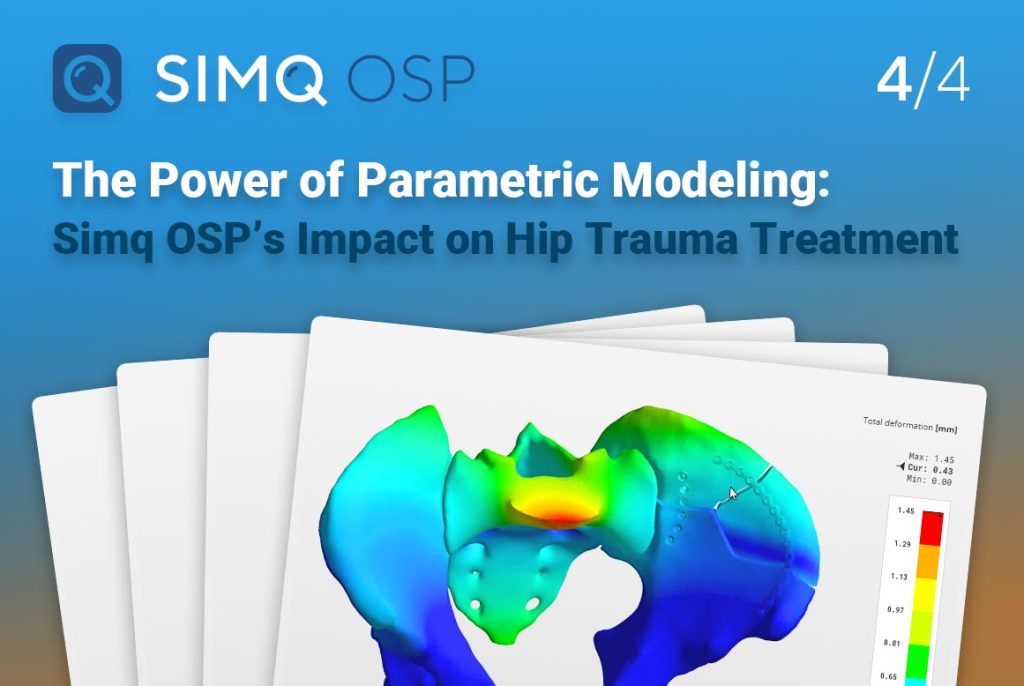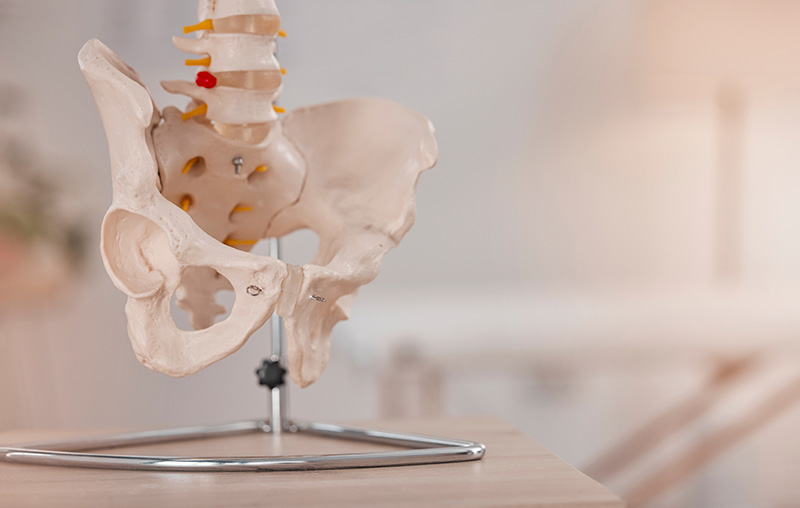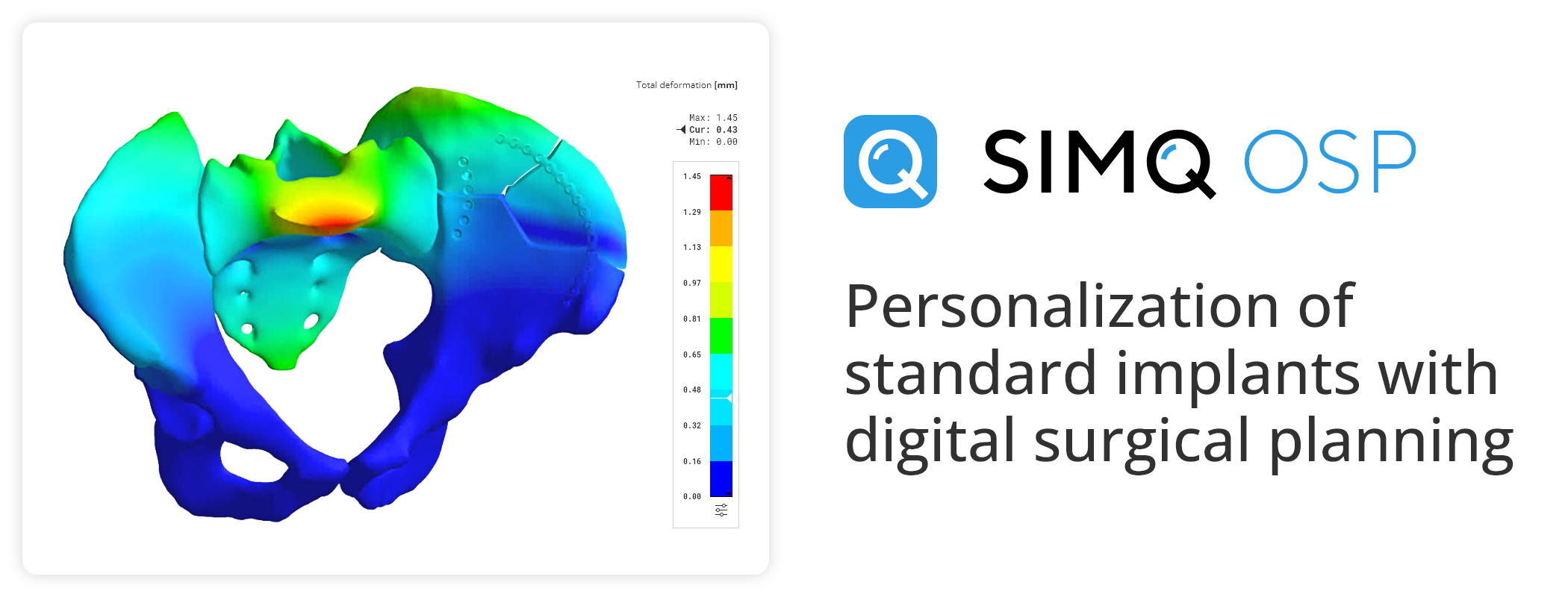In the realm of hip trauma treatment, Simq OSP stands as a pioneering force, harnessing the power of parametric modeling to redefine surgical planning. This blog explores the critical role of parametric modeling and statistical representation in Simq OSP, shedding light on how these techniques shape the future of hip trauma treatment and enhance patient outcomes.

Parametric Modeling Unveiled
At the heart of Simq OSP’s innovation lies parametric modeling—a sophisticated technique that involves defining a set of parameters to describe the shape and characteristics of the hip joint. These parameters serve as the building blocks for creating a highly detailed digital representation of the patient’s pelvis. But what makes parametric modeling such a game-changer?
The Mapping Process and Statistical Approximation
To appreciate the power of parametric modeling in Simq OSP, it’s essential to grasp the mapping process and statistical approximation techniques it employs. The mapping process entails linking the defined parameters with patient-specific data, such as medical images. This connection allows Simq OSP to construct a virtual representation of the hip joint—a digital twin that mirrors the patient’s unique anatomy.
Statistical approximation techniques take this a step further by using statistical models derived from a diverse patient population. These models serve as a reference, allowing Simq OSP to generate simulations that closely resemble individual anatomies. By incorporating these statistical models, Simq OSP ensures that its simulations are rooted in real-world patient diversity, enhancing the precision and accuracy of surgical planning.
The Benefits of Parametric Modeling for Hip Treatment
Parametric modeling, in conjunction with statistical representation, offers many benefits for hip trauma treatment and surgical planning.

Improved Surgical Planning
Simq OSP empowers surgeons with a virtual model of the patient’s hip that accurately represents their unique anatomy. This level of precision enables surgeons to visualize different treatment scenarios and evaluate potential outcomes. Simulating various interventions within the software can anticipate and address complications, leading to reduced risks during surgery.
Personalized Surgical Planning
No two patients are alike, and Simq OSP recognizes this. Parametric modeling allows for highly personalized virtual surgical planning, considering the patient’s specific anatomical characteristics and requirements. This tailored approach enhances the precision and efficacy of surgical interventions, ultimately resulting in improved patient outcomes. Read more about the advantages of virtual surgical planning with Simq OSP here.
High Likelihood of Fitting
One of the key challenges in surgical planning is ensuring that implants and hardware fit perfectly within the patient’s unique anatomy. Parametric modeling, combined with statistical representation, significantly enhances the likelihood of a perfect fit. By incorporating statistical shape models that capture natural anatomical variations, Simq OSP ensures that surgical plans align seamlessly with patient-specific geometries.
The Assurance of High Likelihood Fitting
The concept of “fit” is paramount in surgical planning. Implants, screws, and other hardware must align precisely with the patient’s anatomy to ensure the best possible outcome.
Simq OSP achieves this assurance by using statistical shape models derived from a diverse patient population. These models capture the inherent anatomical variations encountered in clinical practice.

By leveraging these statistical shape models, Simq OSP generates simulations that closely resemble the patient’s individual anatomy. This high likelihood of fitting enhances the reliability and effectiveness of the surgical plan, reducing the margin for error and complications.
Parametric Modeling: Shaping the Future of Hip Trauma Treatment
In conclusion, Simq OSP’s integration of parametric modeling and statistical representation marks a pivotal moment in the evolution of hip trauma treatment. These techniques empower surgeons with unparalleled precision, personalization, and assurance in their surgical planning.
As Simq OSP continues to refine and expand its capabilities, it paves the way for a future where hip trauma treatment is not only more effective but also tailored to the unique needs of each patient.

The power of parametric and direct modeling transforms the landscape of surgical planning, promising a brighter and more precise future for hip trauma treatment.





